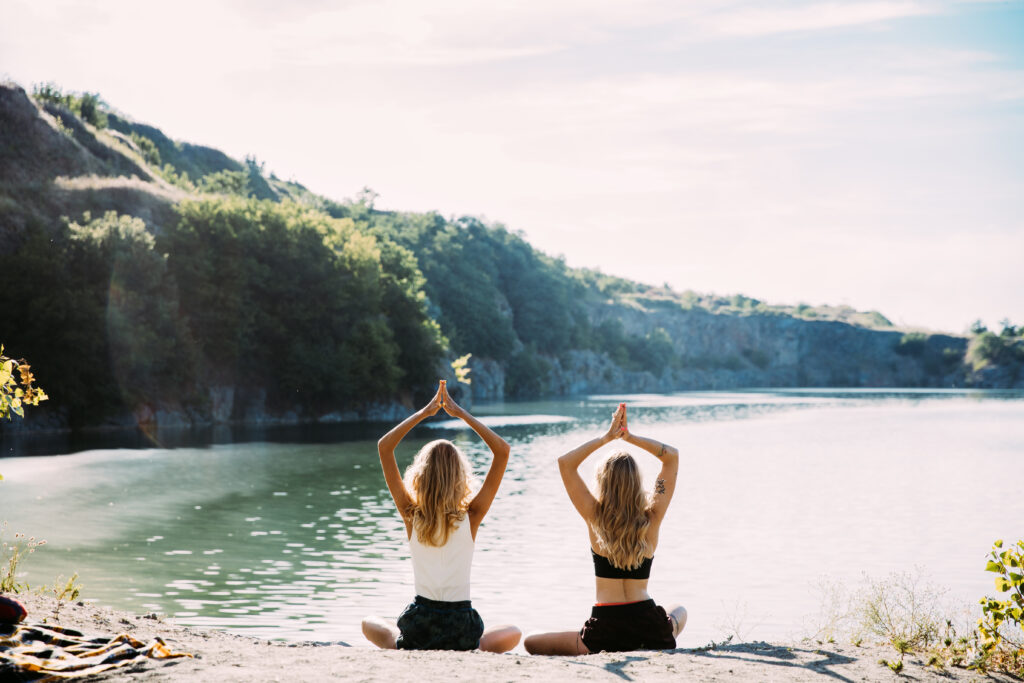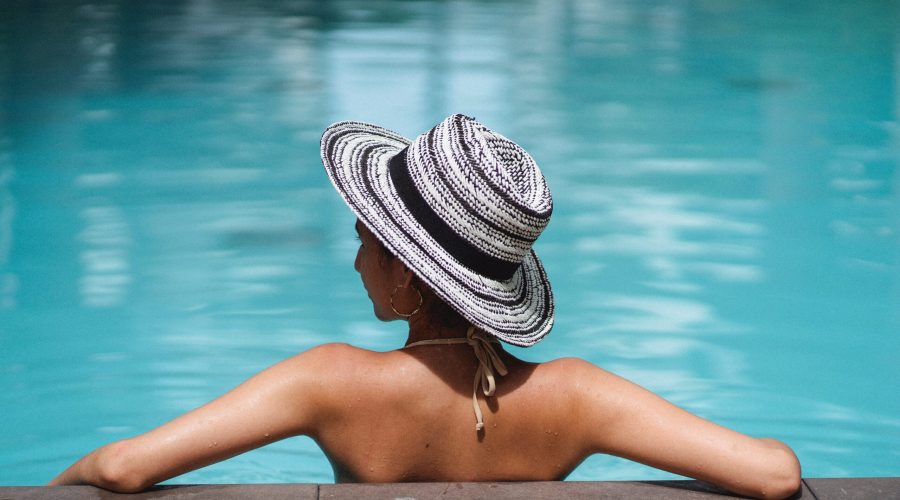In today’s fast-paced world, finding time to truly care for ourselves has become a luxury. Wellness tourism offers a rejuvenating escape from the daily grind, allowing individuals to prioritize their well-being while exploring new destinations. This transformative travel trend has gained immense popularity and for good reason. In this blog post, we’ll delve into the essence of wellness tourism, its benefits, and how it can be seamlessly incorporated into your travel plans.
Understanding the Concept
Wellness tourism isn’t just a vacation; it’s an intentional journey toward self-improvement. The concept revolves around the idea that travel can go beyond sightseeing and relaxation. It focuses on holistic well-being, encompassing physical, mental, and emotional health.
Whether it’s practicing yoga on a serene beach, indulging in spa treatments amidst nature, or savoring nourishing cuisines, wellness tourism offers a comprehensive approach to rejuvenation.
The global wellness tourism market value currently sits at $451 billion, but a 2022 report by Grand View Research reveals that it’s expected to jump to $1.02 trillion by 2030.
If you need to take a break from your life and focus solely on yourself and your well-being, wellness tourism is for you!
Types of Wellness Tourists
According to the GWI, wellness tourists fall into two main categories.
Primary
This traveler is mainly motivated by wellness when choosing their trip or destination. For example, they may book a weekend at an all-inclusive health resort or go on a dedicated meditation retreat.
Secondary
This traveler seeks to maintain wellness while traveling, no matter what kind of trip they’re on. For example, they may take a yoga class during a family vacation or visit a spa during a business trip.
The Benefits
- Physical Rejuvenation: Wellness tourism encourages individuals to engage in physical activities that promote fitness. Whether it’s hiking through lush landscapes, joining group exercise classes, or simply taking long walks, these activities boost cardiovascular health, increase energy levels, and enhance overall physical wellness.
- Mental and Emotional Well-Being: Amidst serene surroundings, wellness tourism provides a respite from the stresses of daily life. Meditation, mindfulness sessions, and holistic therapies help alleviate anxiety, improve focus, and foster emotional balance. The tranquil environments of wellness destinations contribute to mental clarity and emotional rejuvenation.
- Cultural Immersion and Exploration: Wellness tourism is not just about personal betterment; it also provides the opportunity to engage with diverse cultures. From learning about traditional healing practices to connecting with local communities, these interactions add a deeper layer to the travel experience, enriching the mind and soul.

Incorporating Wellness into Your Travel Plans
- Choosing the Right Destination: Research destinations that align with your wellness goals. Whether you seek relaxation by the ocean, serenity in the mountains, or cultural experiences in a bustling city, there’s a destination that caters to your needs.
- Selecting Wellness-Oriented Accommodations: Look for accommodations that prioritize well-being. Many hotels and resorts offer amenities such as spa treatments, yoga classes, and healthy dining options, ensuring that your stay contributes to your overall wellness.
- Creating a Balanced Itinerary: Plan a well-rounded itinerary that combines wellness activities with local exploration. Engage in morning yoga, followed by exploring local markets or taking a nature walk. This balance allows you to immerse in wellness while also experiencing the essence of the destination.
3 Tips for Getting Started With Wellness Tourism
- Start Small
Being a wellness traveler does not require a lot of money or time. If you already have a family or business trip planned, look for ways to focus on your health and well-being while you’re gone. Examine the region you’ll be visiting to see if there are any wellness-related activities you’d love. Yoga studios, hiking paths, healthy breakfast restaurants, spas, hot springs, and cooking classes are all options.
2. Find Inspiration
There are so many options for wellness tourism that it’s easy to become overwhelmed. Which direction should you take? Should you go on a weekend retreat or try to do it yourself? An excellent place to start is by asking friends and family for recommendations. However, reading about other travelers’ experiences can also provide inspiration.
3. Identify Your ‘Why’
What is your motivation — or “why” — for going on a wellness retreat? Do you want to unwind in a place where you don’t have to arrange anything or make selections of meals or activities? Or are you curious about yourself, a culture, a practice, or an activity?
Conclusion
Wellness tourism is more than just a trend; it’s a conscious choice to prioritize your well-being while exploring the beauty of the world. By incorporating wellness activities, mindfulness practices, and cultural exploration into your travel plans, you can embark on a transformative journey that nourishes your mind, body, and soul. So, whether you’re seeking physical rejuvenation or inner peace, consider embracing the world of wellness tourism for a truly enriching travel experience.
FAQ
Is a specialized form of travel where individuals seek experiences to enhance their overall well-being. It goes beyond traditional vacations, focusing on activities and therapies that promote mental, physical, and spiritual health.
Absolutely! Wellness Tourism destinations cater to individuals of all levels. Whether you’re a beginner or an advanced practitioner, expert instructors provide personalized guidance, ensuring everyone benefits from the experience.
Certainly! Wellness retreats understand the importance of dietary choices. Most destinations offer a variety of vegan, vegetarian, and other dietary options. Chefs prepare meals using fresh, organic ingredients, catering to diverse preferences.
Wellness Tourism emphasizes mental well-being through meditation, mindfulness practices, and therapies. These activities promote relaxation, reduce stress, and enhance emotional balance, fostering a positive mindset.
The ideal duration varies based on personal preferences and goals. Some retreats offer weekend getaways, while others provide immersive experiences spanning multiple weeks. It’s essential to choose a duration that aligns with your objectives and allows you to fully immerse yourself in the journey.
Absolutely! Wellness Tourism welcomes solo travelers. In fact, many participants embark on this journey alone to focus on self-discovery and introspection. Group activities foster a sense of community, allowing solo travelers to connect with like-minded individuals.
Related Topics
- The Importance of eating healthy during Vacation: Learn the importance of eating healthy during vacation and practical tips to ensure your getaway is both enjoyable and nourishing.
- Mindful Indulgence: Dive into the essence of mindful indulgence, its benefits, and how you can incorporate it into your life for a more balanced and fulfilling existence.




